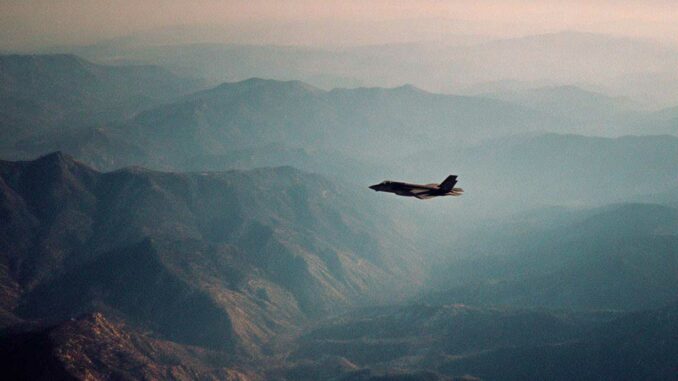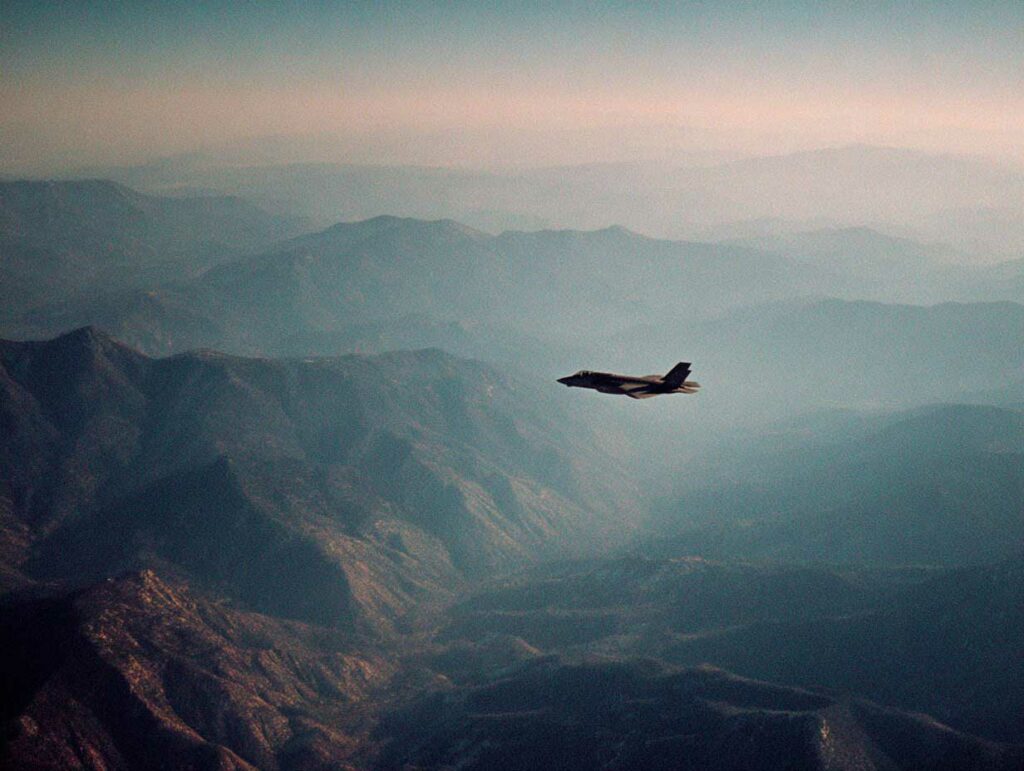
Algeria and Morocco are investing heavily in fighter jets, fueling a military rivalry with serious regional implications.
The context of a persistent rivalry
Since independence, Algeria and Morocco have had a relationship marked by mistrust and tension. The border conflict of 1963, known as the Sand War, left a lasting mark. The unresolved issue of Western Sahara exacerbates this rivalry and makes any rapprochement difficult. The closure of the land border since 1994 illustrates this climate of hostility.
In this context, the modernization of the two countries’ air forces is not simply a technical upgrade: it is seen as an indicator of the regional balance of power. Each acquisition is scrutinized as a political and military signal. For both Algiers and Rabat, air supremacy has become a central objective, as it constitutes a major asset in a potential confrontation, but also a tool of deterrence and prestige.
Defense budgets: an accepted imbalance
In terms of budget, the gap is significant. In 2023, Algeria spent nearly $18.3 billion on defense, more than three times Morocco’s budget, estimated at $5.2 billion. This difference allows Algiers to maintain a larger military force of around 520,000 active personnel, compared to around 200,000 for Morocco.
This financial and human superiority is also reflected in the air force inventory. Algeria has around 213 combat aircraft, compared to 102 for Morocco. But Rabat is taking a different approach: acquiring more modern and technologically advanced aircraft capable of competing qualitatively with Algeria’s numerical superiority.
Algerian acquisitions: continuity and volume
The Algerian Air Force has long maintained close ties with Russia, the main supplier of its arsenal. In 2019, Algiers ordered 16 additional Su-30MKAs for $1.8 billion, strengthening an already substantial fleet of this model. In 2025, it began receiving Sukhoi Su-35s, multi-role fighters renowned for their maneuverability and range.
Algeria is also interested in next-generation programs, such as the Russian Su-57, although no firm orders have been confirmed. At the same time, it is marginally diversifying its acquisitions with European aircraft, such as AW139 helicopters purchased from Italy’s Leonardo for logistics missions.
Algeria’s strategy is based on quantity and resilience, with a large fleet capable of covering the entire national territory, the largest in Africa, and maintaining a projection capability in the Sahel region.

Morocco’s choices: modernity and interoperability
Faced with this air power, Morocco is favoring a qualitative approach. In 2008, Rabat signed a major contract for 25 F-16 Block 52 aircraft, which were subsequently upgraded to Block 72 standard, at a cost of around $2.8 billion. These aircraft form the backbone of the Moroccan Air Force and are compatible with NATO systems.
The kingdom has also upgraded its Mirage F1 aircraft to the MF2000 version, at a cost of around €350 million, extending their service life and improving their avionics. More recently, Rabat acquired 24 Apache AH-64E helicopters, strengthening its ground attack capabilities.
The most striking prospect, however, remains the discussions on the acquisition of US F-35s. If successful, Morocco would become the first African country to possess a fifth-generation stealth aircraft, upsetting the regional balance. Such a development is of great concern to Algiers, which would see its numerical advantage neutralized by its neighbor’s technological superiority.
The underlying motivations: deterrence and diplomacy
Beyond the figures and models, these purchases reflect clear political motivations. For Algeria, maintaining an imposing air force serves a dual purpose: defending its vast territory and asserting its status as a regional power. Its strategic proximity to Russia and China is reflected in its choice of equipment.
For Morocco, the stakes are different. Rabat, which has more limited financial resources, must rely on a strong alliance with the United States and, to a lesser extent, with Israel since the normalization of their relations. Investing in state-of-the-art fighter jets compensates for numerical inferiority and strengthens interoperability with NATO, an asset in the event of a prolonged conflict.
Air rivalry is also a matter of national prestige. Governments use these acquisitions as symbols of modernity and power, both for their domestic audiences and their international partners.
Strategic consequences in the region
This arms race has multiple repercussions. First, it contributes to strengthening mutual deterrence: neither country can hope to win easily in an open conflict. But it also maintains a climate of chronic mistrust, where each acquisition by one side triggers a response from the other.
Economically, these programs are a heavy burden. Maintaining a modern fleet requires considerable budgets, not only for purchase, but also for maintenance, pilot training, and the acquisition of sophisticated ammunition.
Finally, the strategic balance in the Maghreb directly influences security in the Mediterranean and the Sahel. Rising tensions could weaken regional cooperation and attract more attention from external powers that already have a strong presence in the region, including the United States, Russia, China, and European countries.
An uncertain path ahead
The aerial rivalry between Algeria and Morocco illustrates the persistent tensions in the Maghreb. Algeria is banking on volume and its traditional alliances, while Morocco is seeking to compensate with modernization and Western integration.
There are currently no signs of this race slowing down. If Algiers confirms the purchase of Su-57s and Rabat manages to obtain F-35s, the Maghreb sky will enter a new phase dominated by fifth-generation aircraft.
This dynamic raises questions about regional stability. The future will depend on the ability of both countries to maintain a balanced deterrent without sliding into direct confrontation. The skies over North Africa thus remain an area fraught with rivalries, but also an essential key to understanding the geopolitical balance in the Maghreb.
War Wings Daily is an independant magazine.